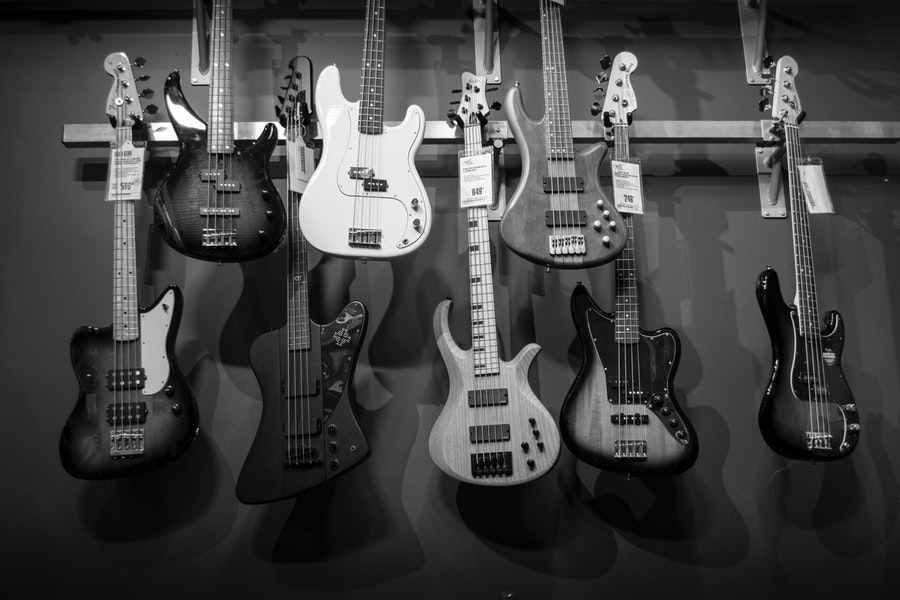Are you planning to learn a guitar or you have already started? Great choice and welcome to the world of confidence, sophistication, wild music and all cool things guitar has to offer. However, the need to understand all the part that makes up this col instrument is indispensable. Therefore, Jesse Levine Norristown, the owner of Alex Levine school training has done the hard work you and make the list of the part of the guitar to get you started. After all, without understanding what makes up a guitar, how will you learn it in the first place.
“There are 2 types of guitar namely acoustic guitar and electric guitar. While electric guitar can be amplified to produce more sounds the former does not. The core features are just the same with slight differences on the body of the guitar “ says Jesse Levine Norristown. This epic list is to give you the knowledge required to flow while learning to run your fingers on the instrument. Read on!
Headstock
The headstock is positioned at the end of the neck. It is mostly rectangular and it is where the tuning pegs are located. The tuning pgs can be 6 or 12 depending on if the guitar is 6 or 12 strings. The headstock keeps the pegs in place and it is where tuning is done.
The tuning keys
Machine heads, tuning keys, tuning pegs or whatever names you decide to call these metals, they are the ones sitting on the head of the guitar and that makes tuning possible. The tuning keys are not only securing the strings on the headstock but they are also bringing melody to the overall sound of the guitar. Tuning is done simply by tightening or loosening the strings. Hence adequate care should be taken when handling this part in order not to detune it.
The nuts
Going down from the headstock is a small piece of hard material that is commonly made of plastic, bone or brass. The nuts. This is one key part of guitar that is mostly overlooked. The strings might be attached to the head pegs but they are sitting into the slits in the nuts. If the nuts are not well fitted, tuning and intonation can be a problem. Moreover, if the strings are not well in place, it can create a buzzing sounds you wouldn’t like. It can also make a huge difference in the tone as it makes the endpoint for the vibrations of the strings.
The neck
The neck is the long thin piece that houses the frets, the fretboard, tuners, and the head. The hand will be positioned at the back of the neck while pressing down the strings.
The fretboard
The fretboard is sometimes mistaken for the neck because it is on the neck. However, they are small pieces of wood that run along the neck guitar and it is where the frets are placed. Strings are pressed down on the fretboard to create notes.
Fret
These are raised silver wires inserted and spaced across the full width of the fretboard. By depressing a string against the fretboard, the vibrating length is shortened, and a specific note is produced. Both the frets and the strings make up musical notes.
Strings
Everyone knows what strings are. The core of guitar, strings breathe life into the sounds, melodies, and its playability. It should be well-taken care if you want your guitar sounds at its best.
Body
The body can be tagged as the “main curvy” part of the guitar and this is where both acoustic and electric guitars are different.
Acoustic Guitar by Jesse Levine Norristown
Pickguard:
It a laminated piece of plastic that is placed on the body of the guitar. Just as the name suggests, the pickguard is there to protect the guitar’s finish from scratch by the guitar pick.
Soundhole:
This is the round hole on acoustic guitar that helps to project the sound produced.
Bridge:
It is the black part that is located at the far end of the guitar. It provides support to the strings and transmits the vibration to the soundboard.
Saddle:
it functions the same way as the nuts. While the nuts secure the strings at the top of the guitar the saddle does the same at the bottom.
Electric guitar by Jesse Levine Norristown
Pickups:
The pickups are what makes an electric guitar electric. It senses the vibrations produced from the guitar and converts it into electrical energy
Volume or tone control knob:
the volume knob controls the amount of volume that is being produced while tone knob controls the tone of the sounds to get cleaner and clearer sounds.












